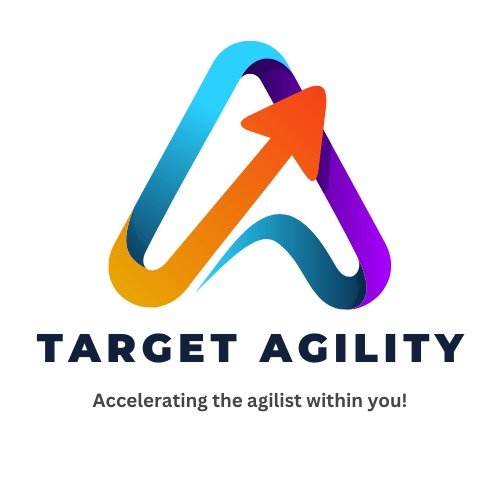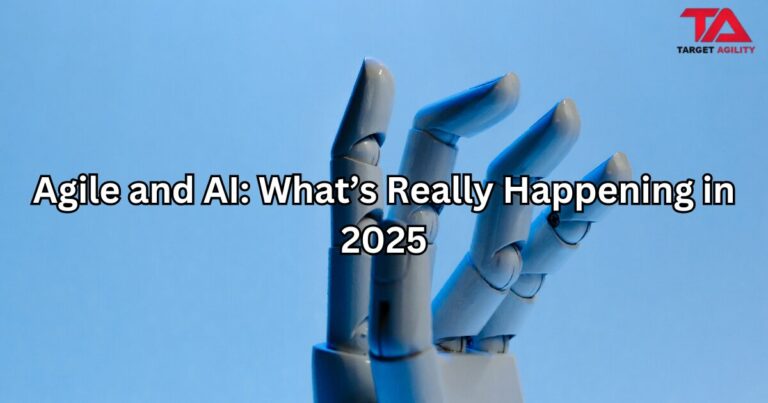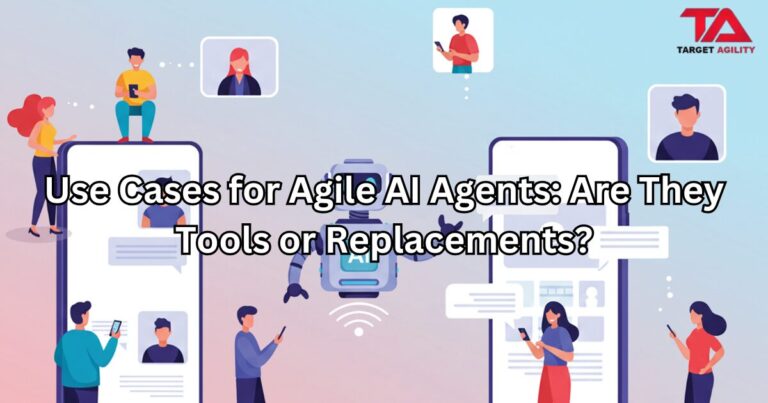AI isn’t just a future idea—it’s already here, working in Agile teams every day. From organizing backlogs to generating sprint reports, tools like ChatGPT, Jira automation, and AI analytics are making work faster and more data-driven. But there’s a common misunderstanding: If AI can do all this, do we still need Product Owners or Scrum Masters?
The truth is, yes, we do. AI can process information faster than any person, but it can’t replace human creativity, empathy, or ethical judgment. These human skills are still essential for Agile leadership.
AI is great at practical tasks. It can rank backlog items based on value and risk, predict team speed using past work, create automated progress updates, and spot risks early. This is useful because it removes repetitive work, allowing people to focus on strategy and relationships. But deciding why a feature should be built, how it should change with the market, or how to solve a conflict still needs human thinking.
For Product Owners, the role is more than keeping a list of features. They are the voice of the customer and the vision for the product. AI can suggest features, predict returns, and even write user stories, but it cannot truly understand human needs, balance competing demands, or make moral decisions. For example, AI might suggest a feature that keeps users on an app longer but takes advantage of addictive behavior. A human Product Owner can reject it because it goes against company values—AI has no moral compass unless we design it, and even then, ethics depend on the situation.
For Scrum Masters, their role isn’t just running meetings. They lead by serving the team, protecting their well-being, and helping them improve. AI can look at data from past sprints, suggest process changes, and track workloads. But it can’t see when someone is stressed but staying quiet, help solve personal disagreements, or change its style based on the team’s emotions. Agile is about people, and that human connection is something AI can’t copy.
As AI becomes a normal part of Agile, ethical responsibility becomes more important. Product Owners and Scrum Masters need to check AI’s recommendations for bias, make sure decisions can be explained, and keep control in human hands. Without human oversight, Agile risks becoming a system that values speed over sustainability and profit over people.
The future isn’t about AI replacing humans—it’s about working together. AI should handle repetitive, data-heavy tasks, while humans focus on creativity, vision, and ethical choices. Agile leaders should also understand how AI works, not to build it, but to challenge and guide its results.
AI will change Agile, but it won’t replace the people who make it human. Product Owners and Scrum Masters are still the moral guide, the creative driver, and the emotional support for their teams. Remove them, and you risk building the wrong product for the wrong reasons in a way that damages trust. Keep them, supported by AI, and you get both speed and heart.











